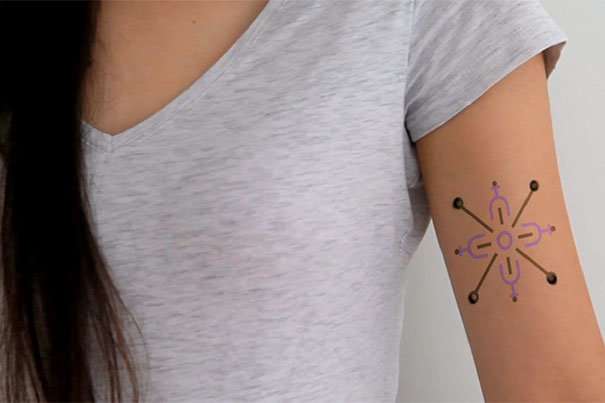Apple has released its vision Pro headset selling for a staggering $3,500. The first-ever mixed reality headset, challenging Facebook-owner Meta in a market was unveiled on Monday, according to AFP. The release was the most significant product launch by the iPhone maker since it unveiled the Apple Watch in 2015. The Vision Pro, which was generally well received on Monday, will cost a hefty $3,499 and be available early next year in the United States only, the company said. “There are certain products that shift the way we look at technology and the role it plays in our lives,” said Apple CEO Tim Cook as he unveiled the sleek VR device that resembled ski goggles. “We believe Apple Vision Pro is a revolutionary product with the performance, immersion and capability that only Apple can deliver,” he added. The headgear, which Apple referred to as a spatial computer, was introduced at the close of an Apple event in Cupertino, California in which the company announced a long list of product updates. The product has been in development at Apple for years, and will focus on gaming, streaming video and conferencing. Company executives insisted that the Vision Pro offers an unchallenged experience, making the hard sell on tech that has yet to win the hearts of the greater public. Unlike its rivals, the Vision Pro is focused on being a mixed reality technology that “clearly situates the user in their environment,” said Steve Severinghaus of Insider Intelligence. “Whereas Meta Quest and other devices are virtual reality-first, Vision Pro keeps the user in the present and emphasizes the mixed reality features — unless they choose otherwise,” he added. Apple went to great lengths to preserve its signature design minimalism, at least to the extent that it could, given the technology squeezed into the Vision Pro. The device has a glass front, an aluminum frame, five sensors, 12 cameras, a display for each eye, and a computer that is cooled with a fan. Smaller than a scuba diving mask, Vision Pro will run mainly by being plugged into the wall in a clear effort to preserve a sleeker design than bulkier headsets. A cord-attached battery pack, which would slide into your pocket, would work for no more than two hours.
Archives
- November 2024
- October 2024
- September 2024
- August 2024
- July 2024
- June 2024
- May 2024
- April 2024
- March 2024
- February 2024
- January 2024
- December 2023
- November 2023
- October 2023
- September 2023
- August 2023
- July 2023
- June 2023
- May 2023
- April 2023
- March 2023
- February 2023
- January 2023
- December 2022
- November 2022
- October 2022
- September 2022
- August 2022
- July 2022
- June 2022
- May 2022
- April 2022
- March 2022
- January 2022
- December 2021
- November 2021
- October 2021
- September 2021
- August 2021
- July 2021
- June 2021
- May 2021
- April 2021
- February 2020









